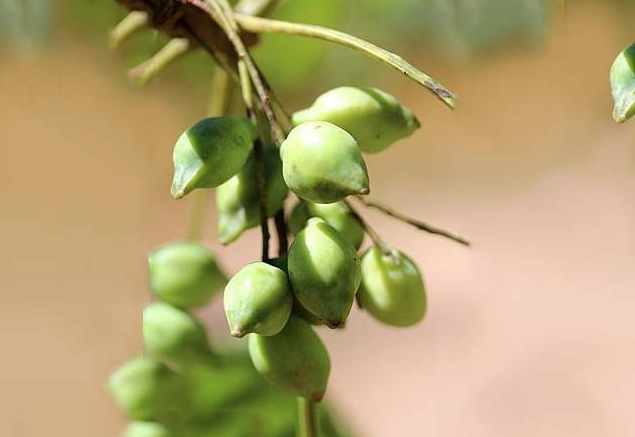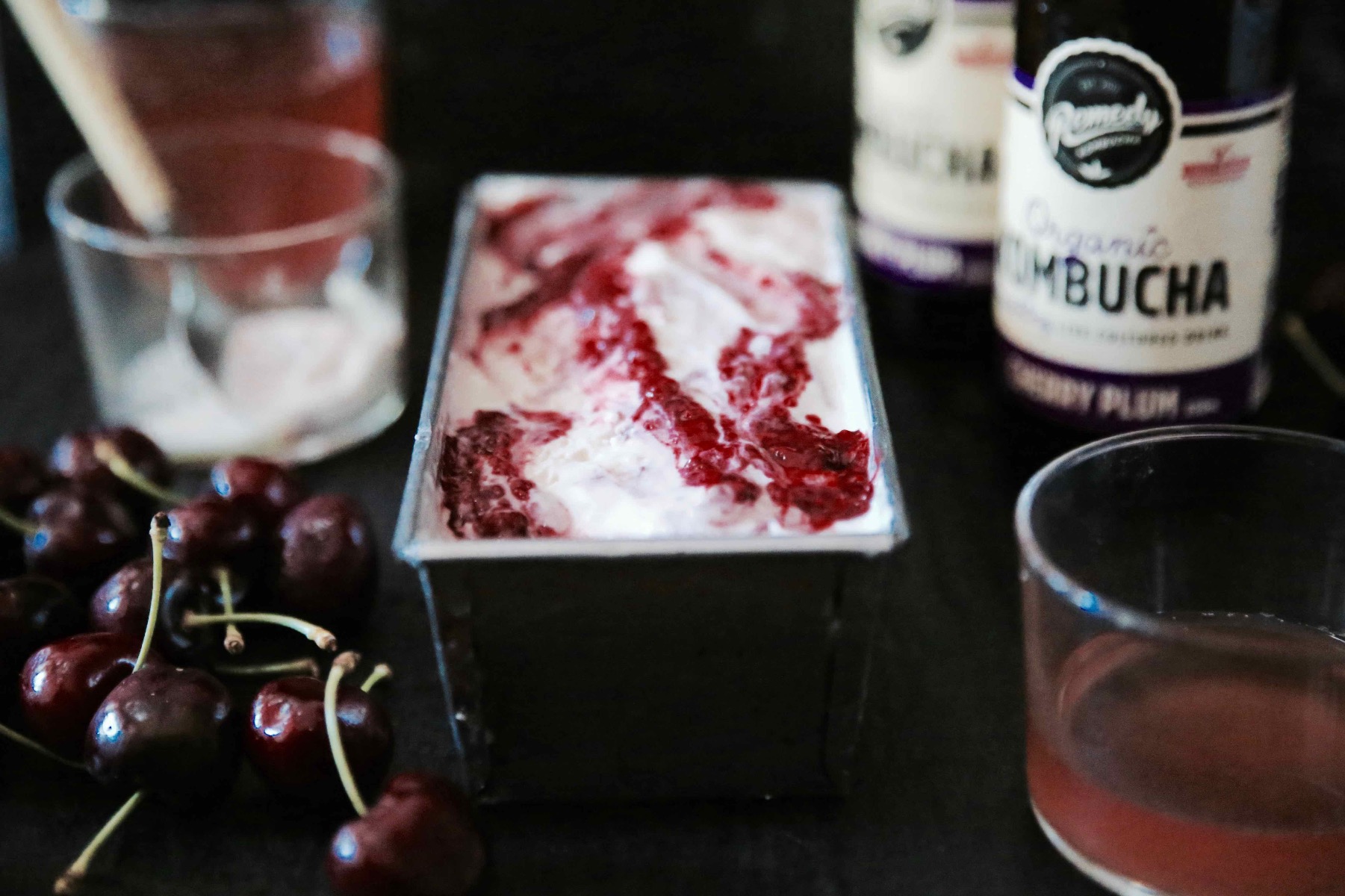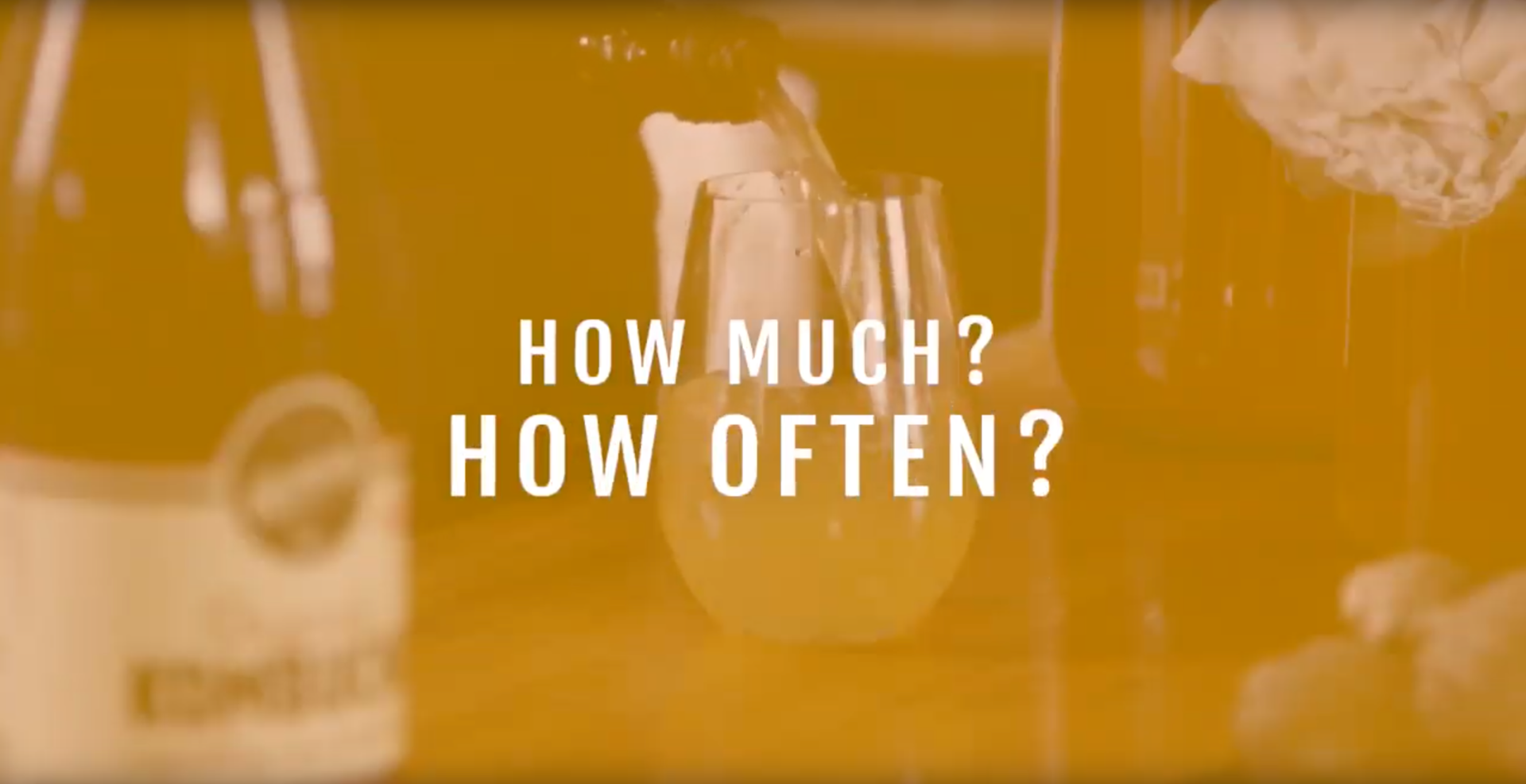The term ‘superfood’ gets bandied about pretty liberally these days. We totally get it if your first inclination to any mention of superfood is the eye rolling emoji.
BUUUUUUT… we feel it is our duty to stand up for one little humble Aussie battler that is really truly madly deeply deserving of the term: the native Kakadu plum. It’s no coincidence that this humble little fruit is one of the stars of our fancy-pants new flavour, Cherry Plum.
Now, let’s first establish that Kakadu plum probably doesn’t fit what you imagine a plum to look like. For starters, it’s green. Some say the it looks and tastes more like an English gooseberry. It tastes a little more tart, and it smells a bit like stewed apples and pears, with some citrusy, musky notes thrown in too.
So, why the superfood status? To get the lowdown on the health benefits of Kakadu plum, we had a yarn with Hayley Blieden, founder of Australian Superfood Co, who we work with to source our Kakadu plums. Hayley is an Accredited Practising Dietitian and Nutritionist (BNutDiet, M.B.A.) and she is super passionate about native foods and their nutritional benefits. Based on her wisdom, we’ve narrowed the health benefits down to a top five…
1. It’s chockablock full of Vitamin C:
Kakadu plum contains the highest recorded levels of Vitamin C of any fruit in the WORLD. Seriously. We’re talking 100 times the Vitamin C content found in an orange!
2. It’s rich in antioxidants:
Kakadu plums are 5.2 times more potent than blueberries when it comes to antioxidants.
3. It’s medicinal:
The world is finally waking up to what indigenous Australians have known forever, which is that the kakadu plum has antifungal and antiviral properties.
4. It packs vego-friendly muscle:
Kakadu plum is an excellent source of iron and Vitamin E, good news for our vego friends who are sick of being asked “but how do you get your iron?”
5. It’s full of folate:
Kakadu plum contains 110 micrograms of folate per 100 gram – the same amount found in broccoli.
Pretty amazing list there, huh? If you’re still sceptical, perhaps it would help to know that this ain’t no fad. Hayley explains that Indigenous Australians have been all over Kakadu plum for a long, looooong time.
“Considered a gift of the Dreamtime, the Kakadu Plum has been an important food and medicine in Northern Australia for millennia” says Hayley.
“From March to June, the local people harvest and consume this energising, thirst-quenching fruit. Throughout the rest of the year, the tree sap is consumed to treat joint inflammation, whilst the bark is applied to the body to treat burns, rashes and infections.”
If you’re keen to know more, pop over to Australian Superfoods website here.



